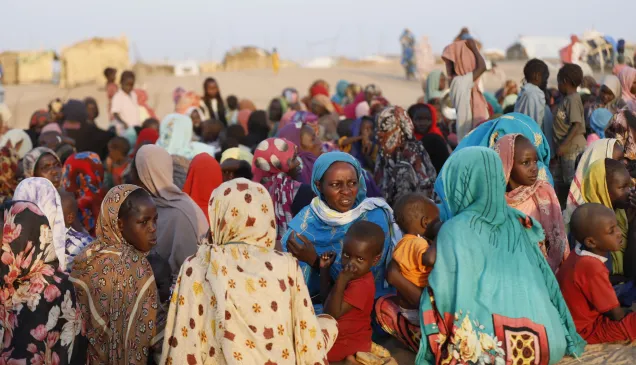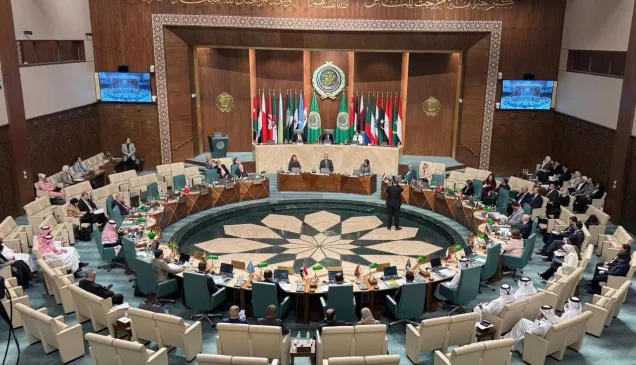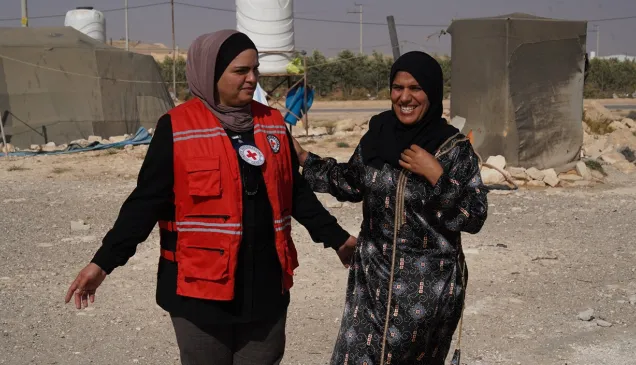What treaties make up IHL? What is customary IHL?
Extract from ICRC publication "International humanitarian law: answers to your questions"
Contemporary IHL came into being with the original Geneva Convention of 1864. It has evolved in stages, to meet the ever-growing need for humanitarian aid arising from advances in weapons technology and changes in the nature of armed conflict; all too often, these developments in the law have taken place after the events for which they were sorely needed.
The following are the main IHL treaties in chronological order of adoption:
1864 Geneva Convention for the Amelioration of the Condition of the Wounded in Armies in the Field
1868 St. Petersburg Declaration (prohibiting the use of certain projectiles in wartime)
1899 The Hague Conventions respecting the Laws and Customs of War on Land, and the adaptation to maritime warfare of the principles of the 1864 Geneva Convention
1906 Review and development of the 1864 Geneva Convention
1907 Review of The Hague Conventions of 1899 and adoption of new Conventions
1925 Geneva Protocol for the Prohibition of the Use in War of Asphyxiating, Poisonous or Other Gases, and of Bacteriological Methods of Warfare
1929 Two Geneva Conventions:
- Review and development of the 1906 Geneva Convention
- Geneva Convention relative to the Treatment of Prisoners of War
1949 Four Geneva Conventions:
I. Amelioration of the Condition of the Wounded and Sick in Armed Forces in the Field
II. Amelioration of the Condition of Wounded, Sick and Shipwrecked Members of Armed Forces at Sea
III. Treatment of Prisoners of War
IV. Protection of Civilian Persons in Time of War
1954 The Hague Convention for the Protection of Cultural Property in the Event of Armed Conflict
1972 Convention on the Prohibition of the Development, Production and Stockpiling of Bacteriological (Biological) and Toxin Weapons and on their Destruction
1976 Convention on the Prohibition of Military or Any Other Hostile Use of Environmental Modification Techniques
1977 Two Protocols additional to the four 1949 Geneva Conventions, strengthening protection for victims of international (Additional Protocol I) and non-international (Additional Protocol II) armed conflicts
1980 Convention on Prohibitions or Restrictions on the Use of Certain Conventional Weapons Which May be Deemed to be Excessively Injurious or to have Indiscriminate Effects (CCW).
The CCW includes:
- Protocol (I) on Non-Detectable Fragments
- Protocol (II) on Prohibitions or Restrictions on the Use of Mines, Booby-Traps and Other Devices
- Protocol (III) on Prohibitions or Restrictions on the Use of Incendiary Weapons
1989 Convention on the Rights of the Child (Article 38)
1993 Convention on the Prohibition of the Development, Production, Stockpiling and Use of Chemical Weapons and on their Destruction
1995 Protocol (IV) on Blinding Laser Weapons (added to the CCW of 1980)
1996 Revised Protocol on Prohibitions or Restrictions on the Use of Mines, Booby-Traps and Other Devices (Protocol II [revised] to the CCW of 1980)
1997 Convention on the Prohibition of the Use, Stockpiling, Production and Transfer of Anti-Personnel Mines and on their Destruction
1998 Rome Statute of the International Criminal Court
1999 Second Protocol to the Hague Convention of 1954 for the Protection of Cultural Property in the Event of Armed Conflict
2000 Optional Protocol to the Convention on the Rights of the Child on the involvement of children in armed conflict
2001 Amendment to Article I of the CCW of 1980
2003 Protocol (V) on Explosive Remnants of War (added to the CCW of 1980)
2005 Protocol additional to the Geneva Conventions, and relating to the Adoption of an Additional Distinctive Emblem (Additional Protocol III)
2006 International Convention for the Protection of All Persons from Enforced Disappearance
2008 Convention on Cluster Munitions
2013 Arms Trade Treaty
This list clearly shows that some armed conflicts have had a more or less immediate impact on the development of IHL:
During the First World War (1914-1918), methods of warfare, including those that were not completely new, were used on an unprecedented scale. These included poison gas, the first aerial bombardments and the capture of hundreds of thousands of prisoners of war. The treaties of 1925 and 1929 were a response to those developments.



